You know that moment when you’re watching a home reno show and the couple drops $80K on a marble dog shower and you’re like… why though? Yeah, that. In a world where everyone thinks they need a pizza oven, a second living room, and a voice-activated bathtub, it’s way too easy to get sucked into home upgrade FOMO. But here’s the thing: just because something looks expensive doesn’t mean it’s smart—or even wanted. Especially in today’s real estate market, where buyers are pickier, budgets are tighter, and no one cares about your Bluetooth ceiling fan.
So before you blow your savings on upgrades that might actually hurt your home’s value, let’s talk about what’s actually worth it—and what’s just flexing for your Instagram Story. These are the home improvements that might feel like a glow-up, but are secretly draining your bank account and turning buyers off faster than popcorn ceilings.
1. Luxury Bathroom Additions

Sure, having two bathtubs in one bathroom might make you feel like a Bond villain, but will it help sell your house? Probably not. In fact, adding a bathroom where one isn’t needed—or tricking one out with heated floors, smart mirrors, and a bidet that plays music—rarely delivers the ROI you’d expect. The National Association of Realtors found that midrange bathroom renovations recoup a far better percentage than luxury ones, mostly because modest updates align with what actual buyers want.
The market’s shifting toward practicality over opulence. People want water pressure and mildew-free grout, not a rain shower with twelve settings. And those smart toilets? Fun until the Wi-Fi goes out mid-flush. You don’t want your bathroom to require tech support. Unless your bathroom situation is truly dire, focus on functional improvements—like better ventilation and efficient fixtures. Your ROI (and plumber) will thank you.
2. Over-the-Top Kitchen Remodels
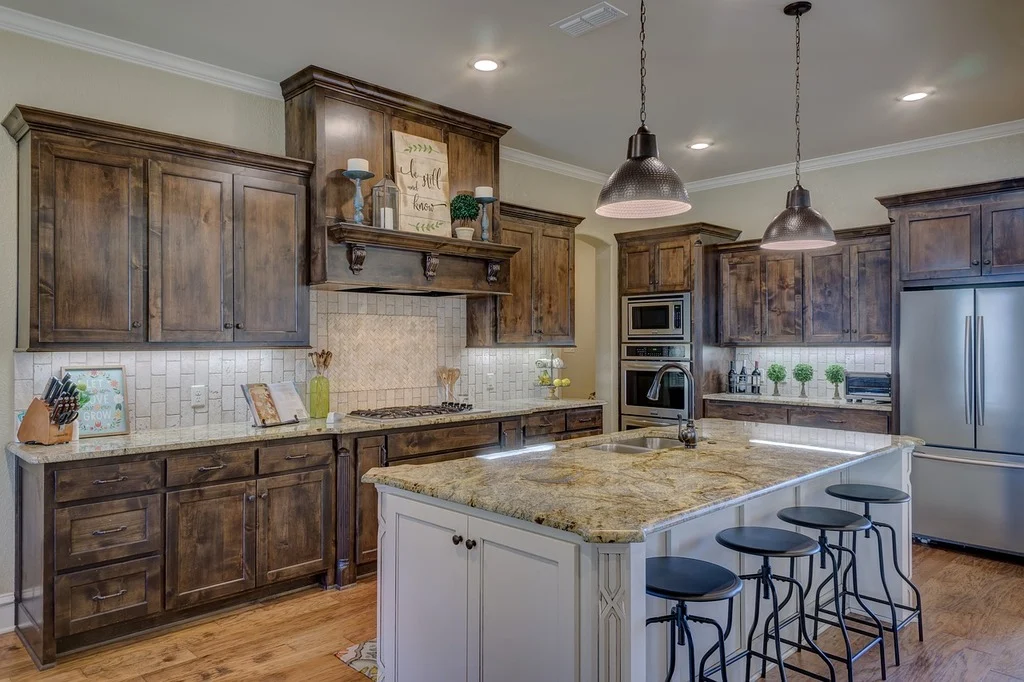
Listen, we love a dramatic kitchen glow-up as much as the next person. But unless you’re flipping homes in Beverly Hills, dropping six figures on quartzite counters and top-of-the-line appliances is not the flex you think it is. According to a report from Remodeling Magazine, the average upscale kitchen remodel only recoups about 31.7% of its cost in resale value. Translation: for every $100,000 you spend, you’re basically handing $68K to the air fryer gods. Buyers today care more about function and flow than whether your fridge talks to your phone. Plus, people are weirdly opinionated about cabinets. You might love those glossy navy blue uppers, but someone else might call them “Smurf chic” and peace out.
So instead of gutting the entire space, focus on cost-effective upgrades—new hardware, fresh paint, better lighting. Keep the bones, ditch the glam. Save the splurges for a nice bottle of wine you can enjoy in your perfectly adequate kitchen. You know, the one that didn’t bankrupt you.
3. Built-In Home Theaters
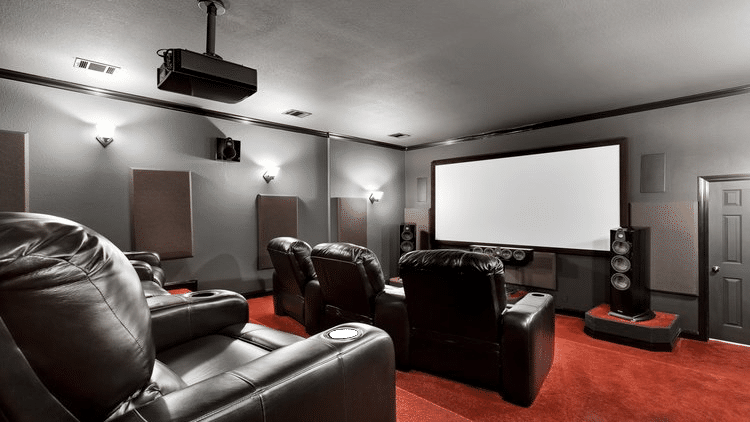
Ah yes, the dream of watching Avatar 7: This Time It’s Personal on a giant screen with surround sound and stadium seating…in your basement. Unfortunately, that dream is now more of a resale nightmare. Per Better Homes & Gardens, home theaters are one of the least cost-effective upgrades in today’s market. Why? Because they’re wildly specific, take up a ton of space, and often get ripped out to make room for something more useful—like a home office or gym.
Also, let’s not forget we all have portable movie screens in our pockets now. Buyers aren’t wowed by built-in projectors; they’re wondering if they can convert that space into a guest room for their in-laws. Even worse, a lot of DIY theaters are built with outdated tech—making the whole thing feel more retro than relevant. Save yourself the hassle (and thousands of dollars) and just buy a great TV with a soundbar. No drywall demo required.
4. Swimming Pools (in Most Markets)
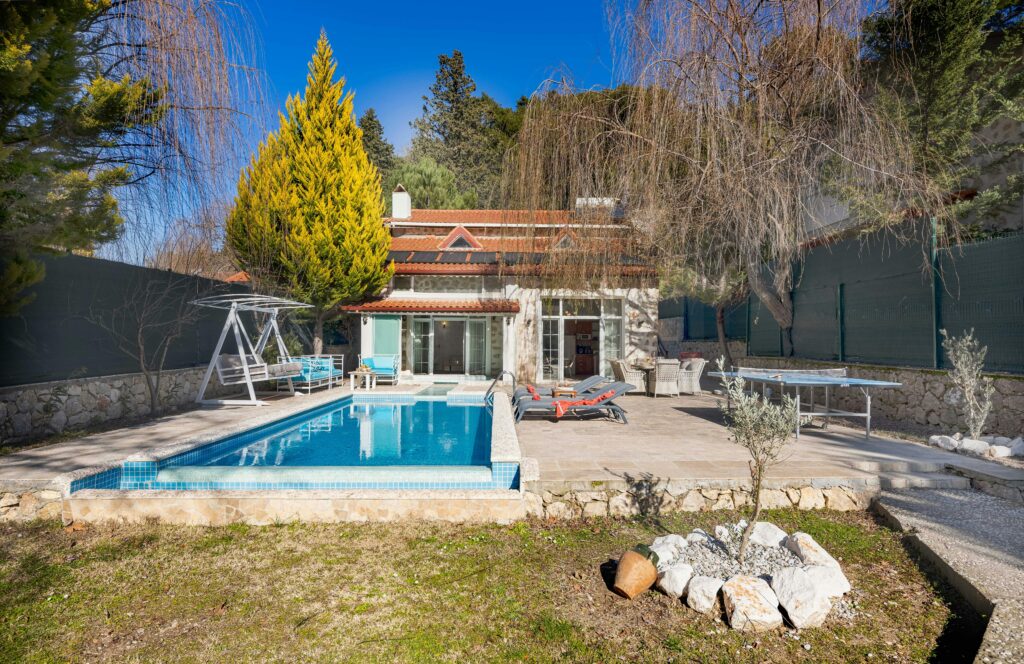
Pools look amazing in real estate listings—until the buyer does the math on maintenance, insurance, and heating costs. Especially in regions where you can only swim three months a year, a pool can go from “Instagrammable oasis” to “mosquito-infested money pit” real quick. According to Conneticut Real Estate Brokerage, pools can actually decrease a home’s appeal in certain markets because of the upkeep involved.
Unless you live in a place like Phoenix or Miami, adding a pool won’t impress the average buyer—it’ll worry them. Between safety concerns for kids, skyrocketing energy prices, and rising insurance premiums, it’s often more headache than it’s worth. Plus, today’s buyers are big on low-maintenance living. If you already have a pool, keep it clean and functioning. But building one from scratch? Might as well fill a hole in your yard with cash and jump in.
5. Garage Conversions into Living Space

Turning a garage into a guest suite or home office sounds like a genius move—until it’s not. The loss of a traditional garage can be a huge dealbreaker for buyers who actually want to, you know, park their car. Or store their mountain of Costco paper towels. According to JB Kind, garage conversions are falling out of favor as buyers prioritize storage and function over “extra” space that often feels like an afterthought.
Not to mention, permits can be tricky, insulation is often an issue, and the final result rarely blends with the rest of the house. What you think of as a cozy bonus room may be seen as a clunky compromise by someone else. Unless you’re in a market where ADUs (Accessory Dwelling Units) are king, keep your garage a garage. Throw a Peloton in there if you must. But don’t drywall over the place where dreams—and toolboxes—go to live.
6. Smart Fridges That Do Everything But Cook
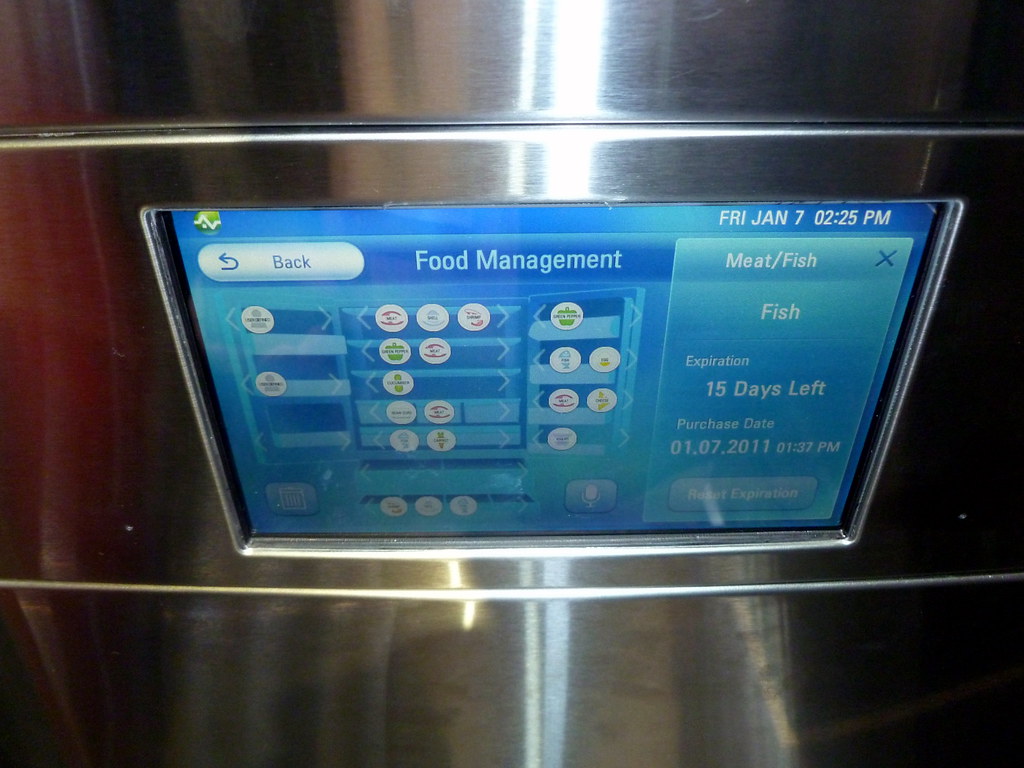
Look, a fridge that tells you you’re out of oat milk is cool…for like five minutes. These ultra-connected smart fridges are flashy, expensive, and come with features most people never use. Want to stream music while checking the humidity of your crisper drawer? Sure, knock yourself out. But the second that touchscreen dies or needs an update, it’s more annoying than helpful. Buyers aren’t clamoring for fridges that double as tech hubs—they just want something that keeps the leftovers cold.
Plus, what happens when the software is outdated in five years? You’re stuck with a giant, dumb fridge that once thought it was smarter than you. And don’t get us started on repair costs—those things are not DIY-friendly. Most buyers would rather get a sleek, energy-efficient model without the bells and Wi-Fi whistles. Sometimes, less is literally more (especially when it comes to appliances trying to act like iPhones).
7. Wall-to-Wall Carpeting
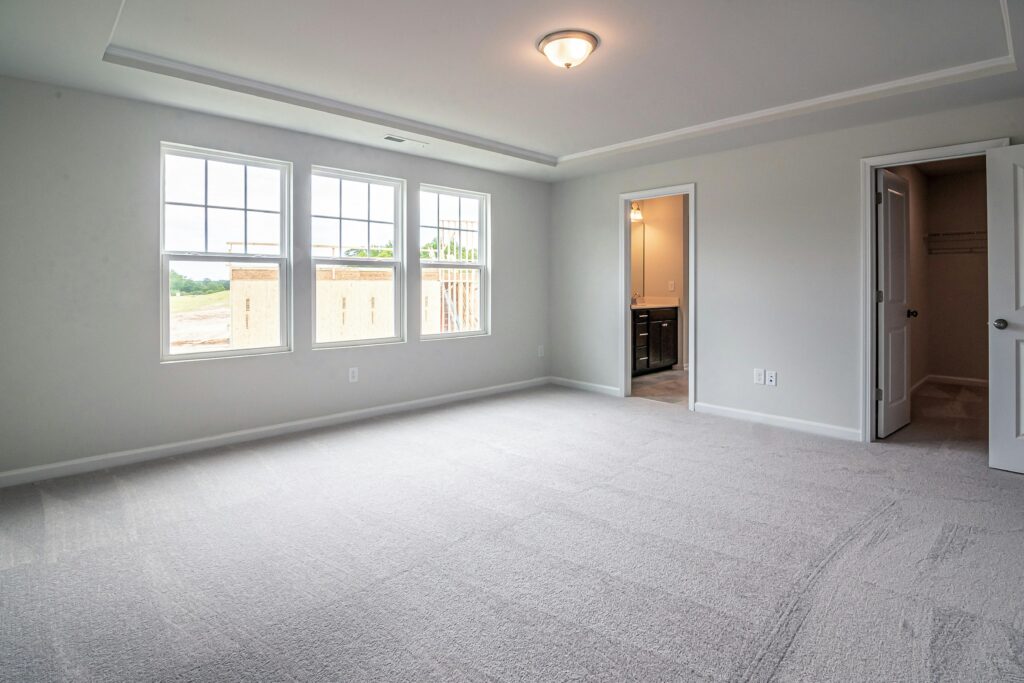
Unless you’re recreating your grandma’s den, it’s time to say goodbye to wall-to-wall carpeting. Buyers these days are all about hardwood, laminate, or even polished concrete—anything but fluffy floor fur. Carpet stains, traps allergens, and feels outdated no matter how plush it is. And no, “greige” doesn’t save it. Even brand-new carpet makes people wonder what’s lurking in the padding from three owners ago.
It’s also a resale liability, especially for pet owners or parents. Spills are harder to clean, smells stick around longer, and buyers often factor in replacement costs before making an offer. If you’re updating for your own comfort, go for it—just don’t expect a big return. A few well-placed rugs are enough to soften up a space without the commitment. Remember: there’s cozy, and then there’s “1970s basement” cozy. Not the same.
8. Custom Built-In Aquariums
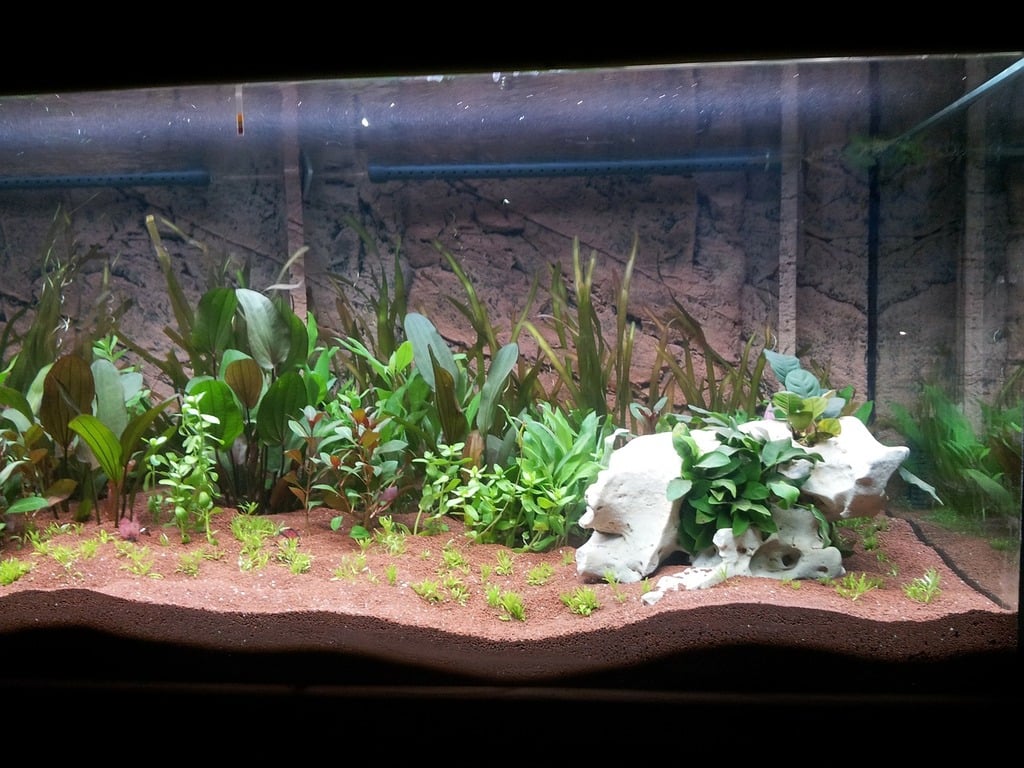
Okay, Finding Nemo vibes are fun, but custom aquariums are where resale dreams go to drown. They’re expensive to install, a pain to maintain, and wildly specific in taste. Unless the buyer is a die-hard marine life enthusiast, they’re likely to see your tank as a giant, gurgling hassle. Not to mention, they take up valuable wall or floor space that could be used more flexibly.
And heaven forbid there’s a leak—suddenly you’re not selling a home, you’re offering a soggy fish motel. Most people don’t want to inherit a tiny ecosystem that needs feeding, filtering, and mood lighting. Plus, they can’t easily be removed without leaving behind drywall scars and regret. Aquariums are great as standalone pieces, not permanent features. Save yourself the splashy mistake. Just get a nice coffee table tank if you’re feeling fancy.
9. Wine Cellars in Non-Wine Regions
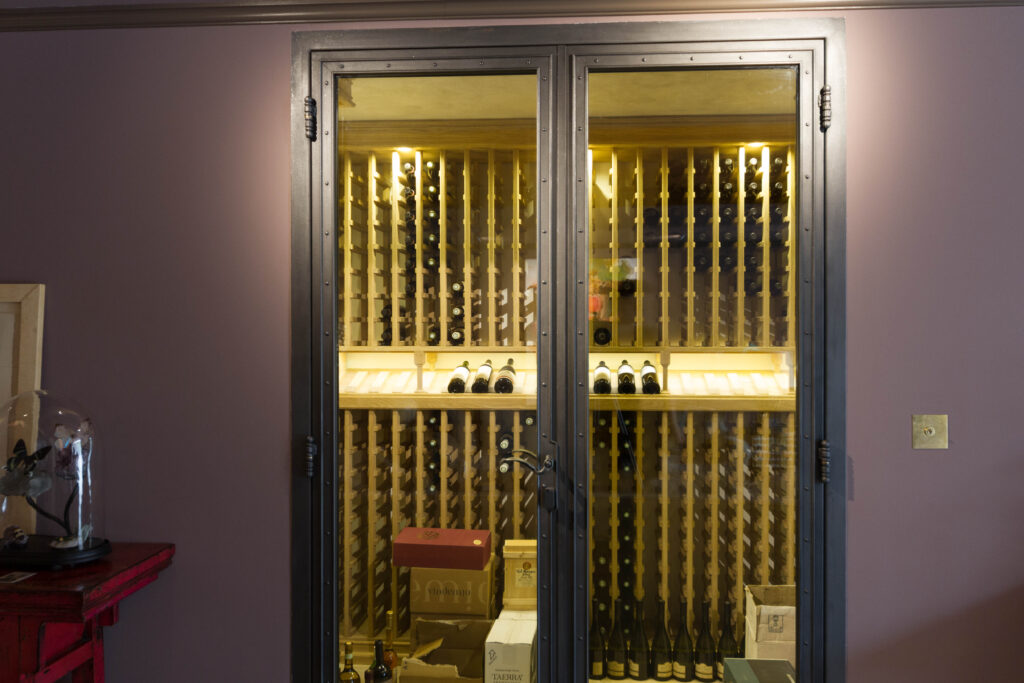
If you’re living in Napa or Tuscany—sure, cellar away. But if you’re in Ohio with a wine cave in your basement, it might raise more eyebrows than offers. These kinds of upgrades are expensive, high-maintenance, and feel wildly out of place in many areas. Not every buyer wants to become a sommelier just because the previous owner was.
And real talk: most people just keep their Trader Joe’s reds on a kitchen rack. Even if someone loves wine, they’d rather use that square footage for something practical—like a gym, office, or extra bedroom. A full-blown cellar with built-ins, refrigeration, and mood lighting might be your dream, but to others, it’s a very expensive mini-fridge with stairs. When it comes to resale, go cork-neutral. Cheers to not overdoing it.
10. Outdoor Kitchens in Seasonal Climates
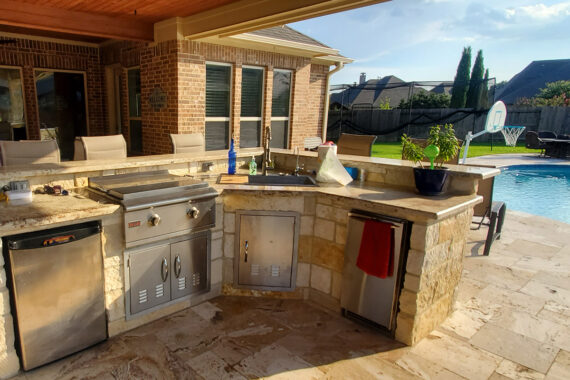
Outdoor kitchens are one of those “Pinterest made me do it” projects. They look amazing on sunny Instagram days but make zero sense if you live somewhere with actual weather. If you can only grill and chill for three months out of the year, it’s probably not worth the price tag. Appliances rust, surfaces crack, and unless you’re maintaining them constantly, the whole setup starts looking sad fast.
Buyers may appreciate a nice patio or firepit, but an entire second kitchen under the sky? Not really. It also eats into your outdoor living space that could be used more flexibly. And let’s be honest: most of us are too lazy to run back and forth between two kitchens just to flip a burger. Unless you’re hosting celebrity-style garden parties on the regular, skip it. A basic grill and a cooler will still get the party started.
11. Faux Fireplaces
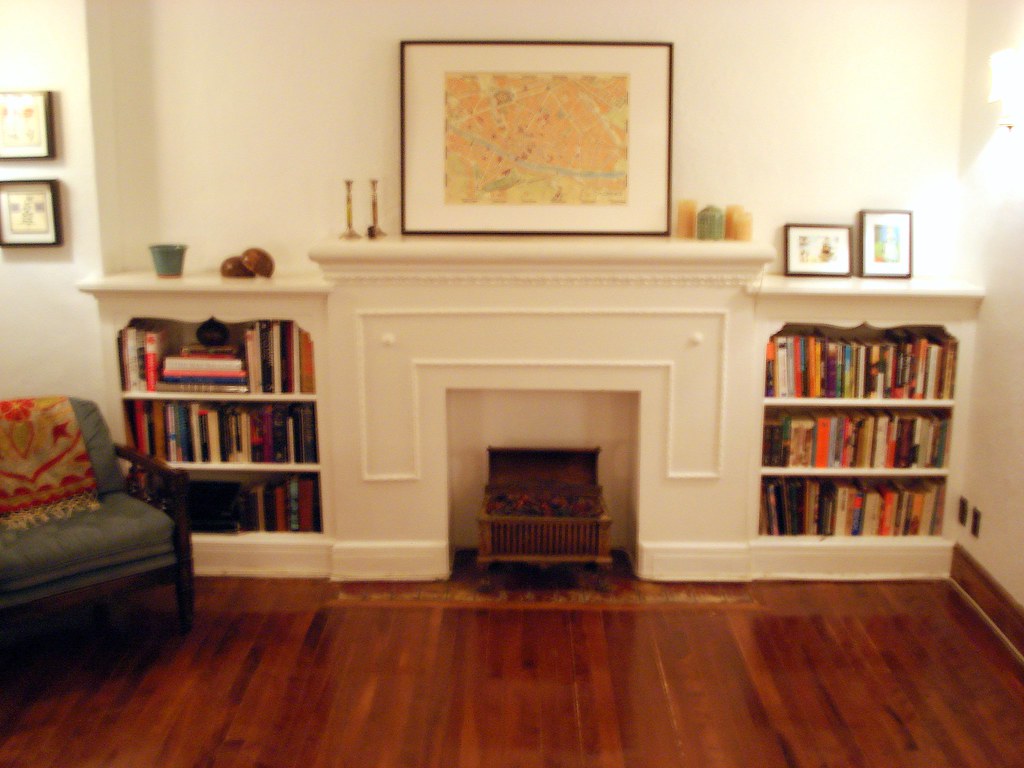
They crackle. They glow. They fool nobody. Faux fireplaces are the architectural equivalent of a fake plant: cute from afar, but not fooling anyone up close. Buyers might appreciate the ambiance, sure—but they also know it’s just a glorified heater with a light show. And if it’s installed in a spot that obviously never had a fireplace before, it can come off as kitschy.
Some units are downright bulky, taking up space without offering real function. Others make it harder to reconfigure a living room layout because they “anchor” the space in a weird way. Unless it’s beautifully done and tastefully built-in, most people would rather have the square footage. If you love the vibe, try a freestanding electric version you can move. You deserve cozy—but not at the cost of clunky resale vibes.
12. Expensive Landscaping Features
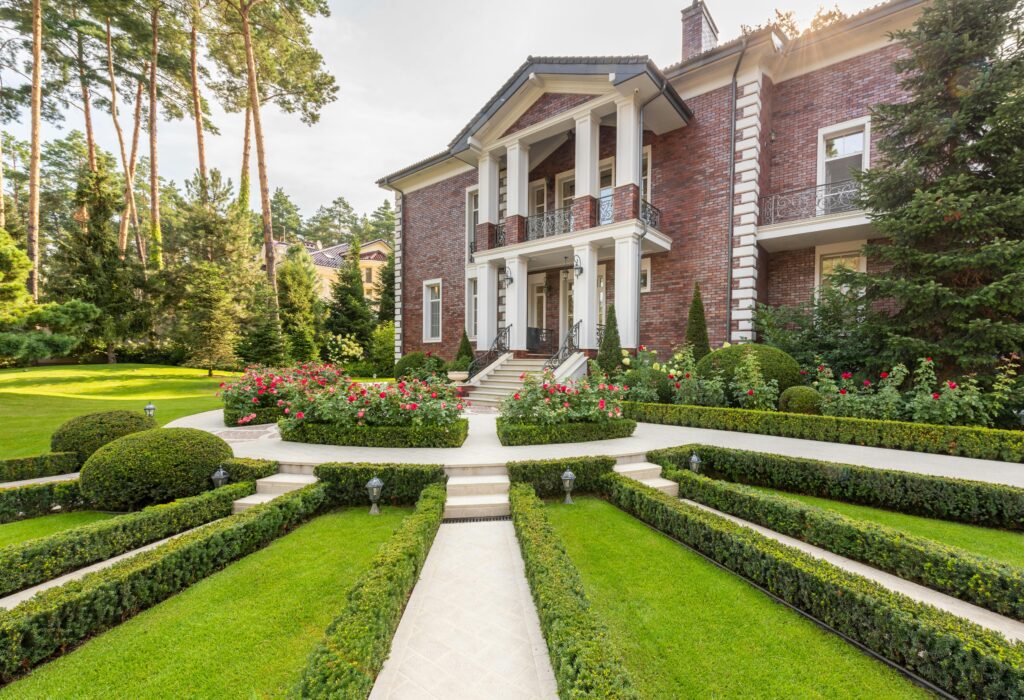
Here’s the dirty truth: most buyers can’t tell the difference between a $500 landscaping job and a $15,000 one. Waterfalls, koi ponds, fancy stone paths—these might make you feel like a serene forest witch, but they’re not going to boost your home value like you think. Landscaping is one of those areas where upkeep trumps aesthetics every time.
The more intricate the feature, the more likely it is to fall apart or become a chore. Buyers don’t want to spend their weekends maintaining an ornamental Zen garden. They want grass that’s green, shrubs that don’t poke them, and flowers that won’t die if they forget to water. A clean, low-maintenance yard always wins. Don’t let your dreams of backyard grandeur turn into buyer nightmares.
13. Statement Light Fixtures in Every Room
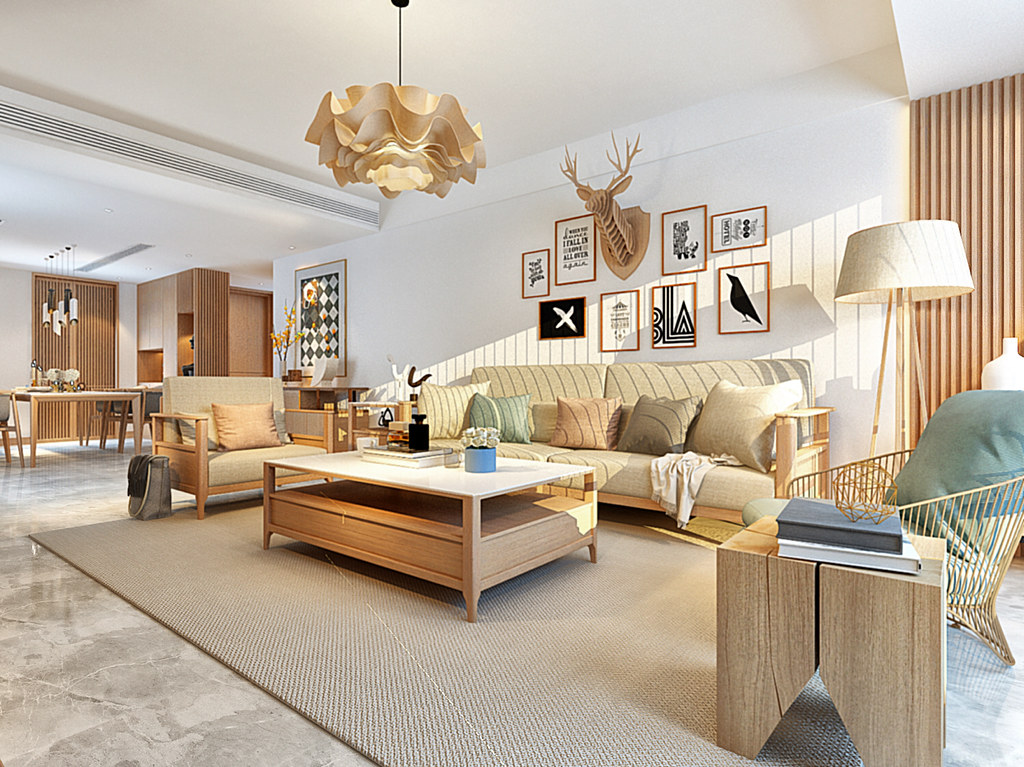
Lighting can make or break a space—but let’s not go full disco ball in every room. Wildly ornate chandeliers, weirdly shaped sconces, or futuristic pendant lights might scream “style,” but to many buyers, they just scream “replacement.” Lighting is one of the most subjective parts of home decor, and what you think is chic might come across as chaotic to someone else.
Plus, high-end designer fixtures are ridiculously expensive for how quickly tastes change. A $2,000 Sputnik light in your entryway? Cool, until it starts looking like a ceiling spider in five years. Stick to classic, clean-lined fixtures that let the space breathe. If you want to get creative, do it with lamps or shades you can swap out easily. Because the only thing buyers should be blinded by is how great your house is—not your aggressively artsy lighting choices.
14. Converting a Bedroom into a Giant Closet
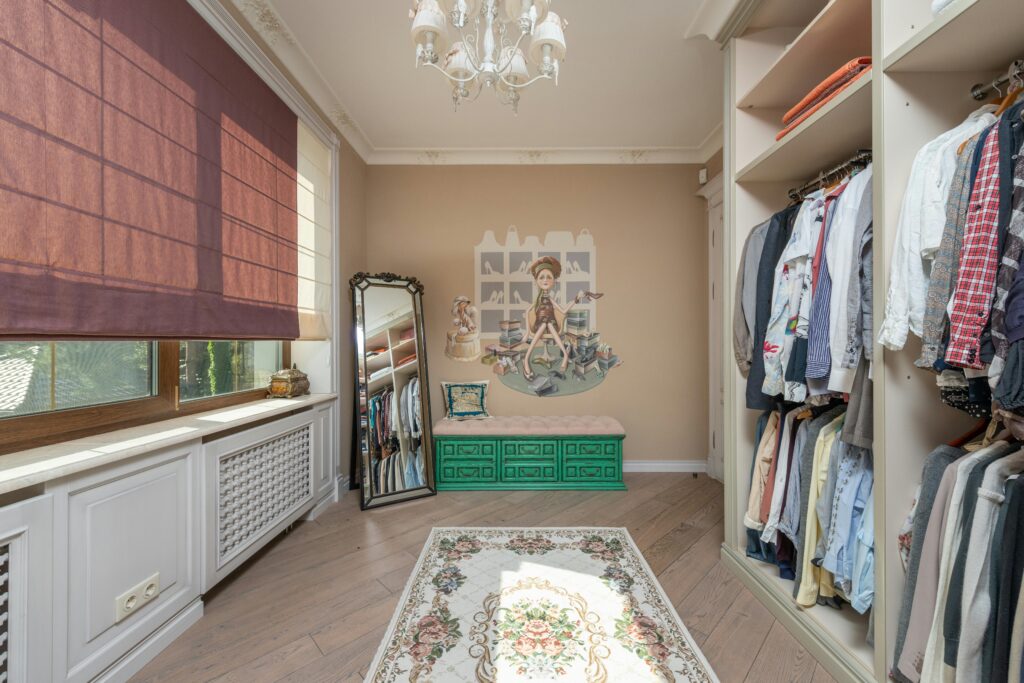
We get it—walk-in closets feel luxurious. But sacrificing an entire bedroom just for your shoes? That’s a big nope from the resale gods. Bedrooms matter, especially in the world of real estate comps. The more bedrooms you have, the broader your buyer pool.
A three-bed suddenly becoming a two-bed with a Chanel shrine might be fabulous for you, but it’s a dealbreaker for growing families, remote workers, or multi-generational households. Even worse, those conversions usually aren’t simple to undo. Custom shelving, built-in dressers, and lost closet space in the original room? Oof. Unless you’re living there for life, let bedrooms be bedrooms. Your wardrobe can thrive somewhere else.
15. Solar Panels You Don’t Own
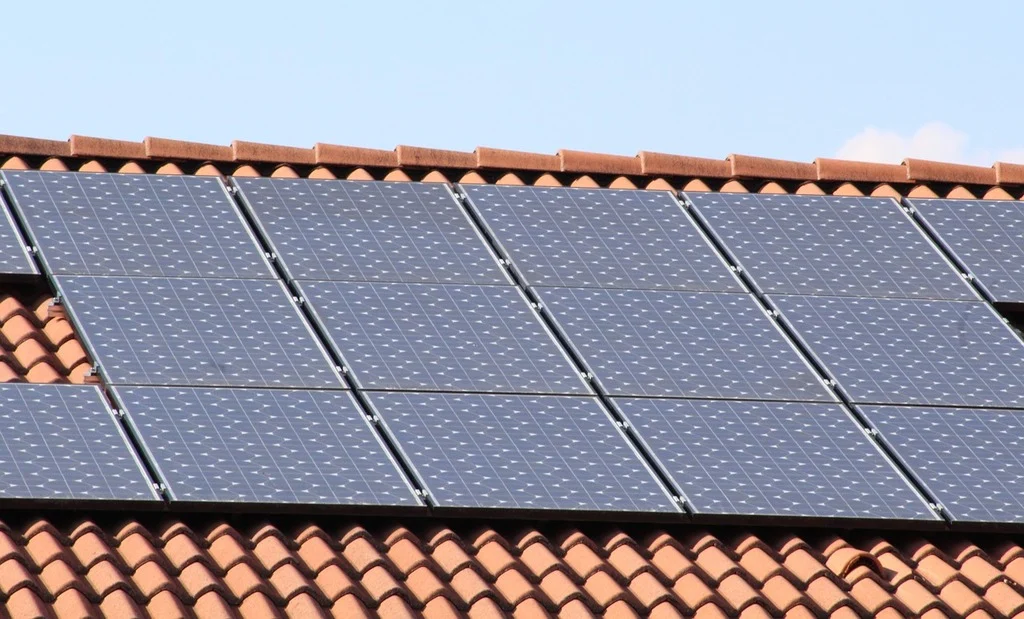
This one’s controversial—but hear us out. Solar energy is great, but leased solar panels can actually complicate the selling process. A lot of buyers don’t want to take on someone else’s contract or deal with transferring a lease. In some cases, they even need to qualify separately for the solar lease before closing on the house. Yikes.
Owned panels? A major win. Leased ones? A paperwork party that kills deals before they even start. If you’re going solar, go all in and buy them outright if you can. Otherwise, the “green” energy can start costing you green in other ways. Clean energy shouldn’t be a red flag.
This article is for informational purposes only and should not be construed as financial advice. Consult a financial professional before making investment or other financial decisions. The author and publisher make no warranties of any kind.








